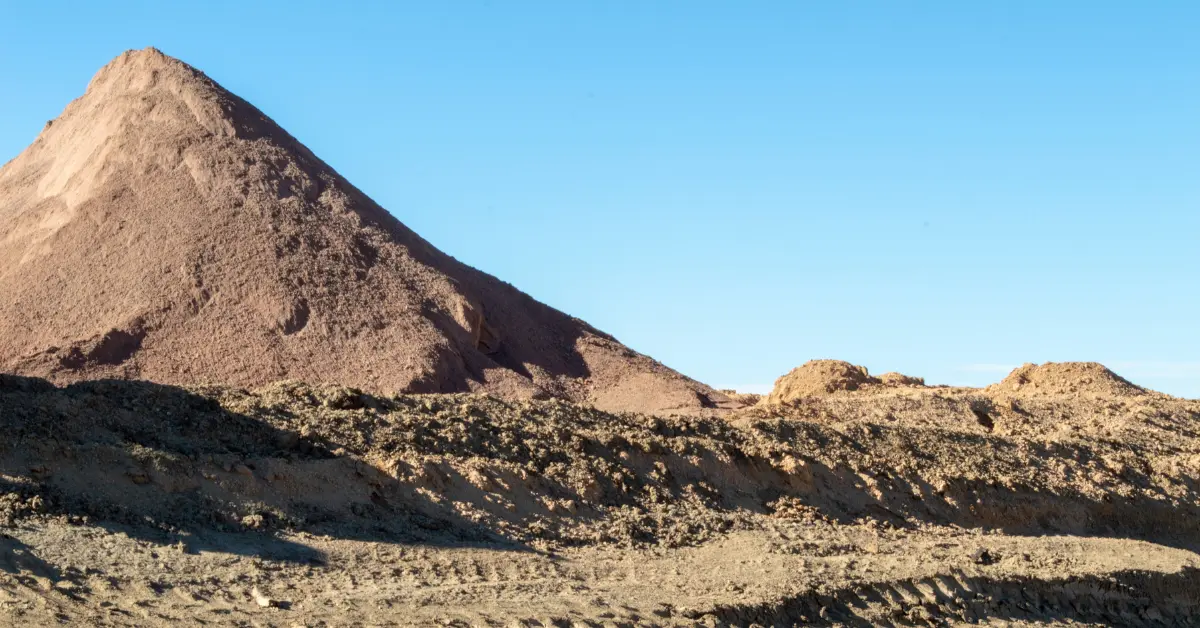
Selecting the appropriate type of dirt for construction projects is critical due to its fundamental role in the structures' stability and durability. Different types of dirt have unique properties that can significantly affect everything from the foundation's strength to drainage capabilities. Whether laying a foundation, grading a site, or landscaping, the right dirt selection ensures that the construction will withstand the tests of time and nature. Using the best soil for foundations can prevent costly repairs caused by ground shifting or water damage, safeguarding your investment.

Types of Soil Used in Construction
There are various types of soil commonly encountered in construction, such as sand, silt, clay, loam, peat, rock, and gravel.
Fill Dirt
This is a staple in the construction industry, commonly utilized where substantial, non-organic material is required to create a fill space. Unlike topsoil, fill dirt for construction is generally composed of a mixture of soil types devoid of organic matter that can decompose and cause settling issues. This characteristic makes it ideal for foundational purposes, such as building roads, building pads, or any project requiring a solid ground base. It is valued in construction for its ability to compact well, providing the necessary support for structures and ensuring long-term stability. When to use fill dirt is determined by the need for a durable surface that will not settle over time.
Topsoil
In construction, topsoil is typically used in the final stages of projects to support landscaping and vegetation. It's applied to the foundational fill dirt to create lawns, gardens, and green spaces. The quality of topsoil can significantly affect the appearance and sustainability of these planted areas, making it crucial for contractors to source high-grade topsoil that enriches the surrounding aesthetics and supports ecological balance.
Construction Grade Dirt
Also known as engineered fill, it is specifically processed to meet the rigorous standards of construction projects. This type of dirt is meticulously tested and modified to ensure it has the correct composition and compaction characteristics to support heavy loads and maintain structural integrity. The use of construction-grade dirt is critical in scenarios where the earth must bear substantial weight, such as underneath highways and large buildings. By adhering to strict engineering requirements, this dirt type ensures the long-term durability and safety of the construction.
Clean Fill Dirt
Safety and compliance are paramount in construction projects, and using clean fill dirt is essential for avoiding environmental and health hazards. It is often required in areas that are sensitive to pollution, like residential sites or near water bodies, where soil integrity is crucial for preventing contamination. Clean fill dirt helps meet environmental regulations and safeguard community health, making it a trusted choice for conscientious construction planning.
Dealing with Problematic Soils
Managing problematic soils requires careful planning and specialized strategies to ensure construction stability and longevity. Peat, known for its high organic content and extreme water retention, poses risks due to its tendency to shift, expand, and contract with changes in moisture, making it a poor foundation material. In such cases, it’s often advisable to remove and replace the peat layer with more stable soil, or, if removal isn’t feasible, to use deep foundation techniques like concrete piles or raft foundations that transfer loads to firmer ground below. Expansive clays, which swell when wet and shrink as they dry, can exert significant pressure on foundations, leading to cracks and structural movement. Approaches for managing expansive clays include designing deeper or wider foundations to bypass the most active soil layers, installing slip membranes to absorb soil movement, or stabilizing the clay with additives like lime or cement. Each site requires a tailored solution tailored to its soil depth, composition, and project requirements.
Dirt Types for Grading and Site Preparation
The Importance of Proper Grading in Construction
It involves leveling and sculpting the land to promote appropriate water runoff and prevent pooling, which can lead to structural damage over time. Effective grading, using the right dirt types for grading, also helps control soil erosion, a critical factor in maintaining the landscape’s integrity and functionality. Constructors can mitigate potential environmental and infrastructural issues by establishing a sound grading plan, making it a pivotal initial step in any building process.
Using Compacted Fill Dirt for Site Stability
Compacted fill dirt is essential for achieving the required stability in construction projects. It is strategically chosen and mechanically compacted to form a dense and stable base capable of supporting significant weight, such as buildings or roads. The compaction process removes air gaps within the soil, significantly enhancing its load-bearing capacity and reducing the risk of future settlement. This makes compacted fill dirt an indispensable resource in the foundational phases of construction, where durability and firmness are critical.
Suitability of Soil Types for Foundations
The suitability of soil types for building foundations is a critical factor in ensuring the stability and safety of any structure. Selecting the appropriate soil type is crucial to prevent foundation failure and ensure the long-term safety of the building.
Avoiding Common Grading Mistakes
Proper planning and execution help maintain structural stability, prevent erosion, and ensure that future development remains secure. By addressing these common pitfalls, construction professionals can optimize soil use and grading techniques for long-term project success:
- Underestimating Soil Variability: A failure to recognize these variations can lead to uneven settling, weak foundations, and increased susceptibility to erosion. Conducting comprehensive soil testing before grading ensures that the appropriate soil type is used in each site section. Laboratory analysis and field testing help identify soil texture, composition, and bearing capacity, guiding adjustments in grading techniques. Different soil types require distinct handling methods; for example, clay-heavy soils need careful moisture control, while sandy soils require additional stabilizing measures. Misjudging soil variability can result in poor load distribution and compromised structural integrity.
- Ignoring Topography: Topography plays a crucial role in site grading, affecting how water flows and settles. Neglecting natural slopes, elevation changes, and drainage paths can result in flooding and uneven land settlement. Analyzing the site’s existing contours allows engineers to develop grading plans that align with natural drainage patterns. Properly designed slopes direct water away from foundations and prevent pooling, reducing the risk of long-term water damage. Additionally, adjusting grading to complement the land’s natural features minimizes excessive soil movement, preserving the site’s structural integrity. Ignoring topography can lead to costly drainage corrections after construction, making early planning essential.
- Overlooking Soil Compaction Needs: Compaction is a critical step in soil preparation, as it increases load-bearing capacity and minimizes settling. However, both over-compaction and under-compaction can create problems. Insufficient compaction allows air pockets to persist, leading to uneven settling and structural instability. Conversely, excessive compaction can reduce permeability, preventing water from draining effectively and causing surface runoff issues. Achieving the optimal moisture content is essential for proper compaction, as dry soil is difficult to compact, while overly wet soil loses strength. Using the right compaction equipment—such as vibratory rollers for granular soil and sheep foot rollers for cohesive soil—helps achieve uniform stability. Failing to follow appropriate compaction procedures can result in foundation shifting and pavement failure, necessitating costly repairs.
- Neglecting Drainage Solutions: Water management is one of the most overlooked aspects of soil grading, yet it plays a crucial role in maintaining site stability. Poor drainage can lead to foundation damage and structural failures due to prolonged water exposure. Implementing drainage solutions helps control runoff and prevent water accumulation. Soil type also influences drainage; clay-heavy soils retain moisture longer than sandy soils, requiring additional drainage measures. Failing to consider drainage can lead to long-term damage, particularly in regions with high precipitation. Integrating drainage solutions into the initial grading plan minimizes the risk of future issues and enhances soil stability.
- Failing to Plan for Future Land Use: Neglecting future considerations can lead to expensive regrading, environmental disruptions, and usability limitations. For example, failing to accommodate planned expansions, roadways, or landscaping can result in inefficient land utilization. Considering erosion control measures and sustainable land use strategies helps protect the environment while maintaining site integrity. Foresight in grading minimizes disruptions, reduces costs, and enhances the land’s value for future use. By planning with longevity in mind, construction teams can create stable, functional landscapes that support ongoing growth and development.
Proper soil selection and grading techniques are essential to the success of construction projects. By implementing these best practices, construction professionals can optimize grading outcomes, ensuring that structures remain secure and functional for years to come.

Soil Stabilization Techniques
Soil stabilization is a pivotal process in construction, aimed at enhancing the engineering properties of soil to ensure it can adequately support structures and withstand environmental stresses. There are several effective methods used to improve soil suitability for construction. Mechanical stabilization involves physically altering the soil’s structure through compaction or mixing with other granular materials like sand, gravel, or crushed stone, which increases its density and load-bearing capacity. Chemical stabilization is another widely used technique, where additives such as lime, cement, or fly ash are blended into the soil. These chemicals react with soil particles, reducing plasticity, increasing strength, and minimizing water retention, which makes the ground less susceptible to swelling or shrinking. Geosynthetic materials like geotextiles and geomembranes can be integrated into the soil to provide reinforcement, separate different soil layers, and improve drainage. Dewatering, which involves removing excess moisture from the soil, is also essential in areas with high water tables, as it prevents instability and settlement. By applying these techniques, engineers can transform marginal or problematic soils into reliable bases for safe and long-lasting structures.
Finding and Sourcing Construction Dirt
Where to Find Dirt Haulers
One of the most effective ways to find a trustworthy provider is by seeking recommendations from contractors, developers, and industry peers who have firsthand experience with dirt haulers. Many professionals rely on word-of-mouth referrals since these endorsements come from direct working relationships rather than advertisements. Leveraging online directories, business reviews, and professional networks can help identify well-reviewed haulers. Moreover, assessing the hauler’s fleet and logistics system ensures that deliveries are made on time. Delays in dirt hauling can disrupt schedules, leading to downtime, increased labor costs, and even project penalties. Professional dirt haulers often provide detailed delivery schedules and tracking systems, allowing project managers to plan efficiently. Checking the supplier’s ability to handle bulk orders and provide consistent quality across multiple deliveries is another crucial factor in selecting a dependable hauler.
Since dirt hauling often involves transporting large quantities over public roads, reputable providers must adhere to local trucking and disposal laws. Understanding whether the hauler properly disposes of excess dirt and manages site cleanups is important, especially for excavation and removal projects. Environmental sustainability is another factor to consider, as some haulers work with recycling facilities to repurpose excavated materials rather than sending them to landfills. Additionally, pricing transparency is critical. A trustworthy provider should offer clear estimates, outlining transportation costs, material pricing, and potential additional charges such as site preparation fees or handling contaminated soil.
Exploring Marketplaces for Dirt and Supplier Options
These platforms connect buyers with local suppliers, allowing for comparison of different dirt types, prices, and delivery options. Contractors can efficiently find specialized soils needed for their projects using these marketplaces. As mentioned, it’s advisable to explore multiple suppliers to ensure competitive pricing and verify the quality of the dirt offered. Leveraging online resources can significantly streamline the procurement process for construction dirt.
Evaluating Dirt Quality and Testing for Contaminants
Ensuring the quality of dirt used in construction is imperative to prevent future structural issues and to comply with environmental standards. Here’s how to effectively evaluate dirt quality and test for potential contaminants:
- Conduct Soil Testing: Testing should include pH level assessment, nutrient content evaluation, and analysis of organic matter. The pH level determines whether the soil is acidic, neutral, or alkaline, which can impact plant growth and material stability. A soil test also measures essential nutrients such as nitrogen, phosphorus, and potassium, which are important for vegetation in landscaping projects. Organic content plays a role in soil structure, affecting compaction and drainage properties. Laboratory analysis or on-site testing kits can help identify potential issues, allowing for appropriate modifications before use. Conducting thorough soil testing before purchase can prevent costly remediation efforts and ensure that the material is suitable for the intended purpose.
- Check for Contaminants: Contaminants such as heavy metals, petroleum residues, pesticides, and asbestos can pose serious health risks and impact soil usability. Industrial waste, previous land use, and improper disposal practices can contaminate soil. Laboratories can conduct in-depth analysis to detect harmful substances, ensuring that the soil meets safety standards. Some contaminants can be mitigated through treatment processes such as bioremediation or soil washing, while others may require complete removal and replacement. Proactively testing soil ensures compliance with safety regulations and prevents long-term liabilities.
- Review Certification: Many suppliers provide certifications that verify their soil meets environmental and safety regulations. These documents confirm that the dirt has undergone proper testing and adheres to industry standards for contamination levels, texture, and compaction properties. Certification ensures that the soil is free from hazardous materials and meets specific project requirements, whether for construction, landscaping, or agricultural use. Checking for third-party verification, such as EPA or local environmental agency approvals, adds an extra layer of assurance. Also, certified soil often comes with traceability, allowing buyers to verify its origin and quality. Relying on certified soil reduces the risk of unexpected issues, ensuring that projects remain compliant and environmentally responsible.
- Assess Physical Characteristics: Key characteristics to evaluate include texture, consistency, and moisture content. Soil texture, classified as sandy, loamy, or clay-heavy, affects drainage and stability. Consistency determines whether the soil is too loose or too dense, impacting its ability to support structures and resist erosion. Moisture content is also critical, as overly dry soil may not compact effectively, while excessively wet soil can lead to settlement issues. A hands-on assessment, such as a squeeze test, can help determine soil suitability.
- Verify Source History: Knowing the origin of the soil is essential in assessing potential contamination risks. Dirt sourced from industrial sites, old construction areas, or reclaimed land may contain hidden pollutants that are not immediately detectable. Reputable suppliers should be able to provide detailed records of where the soil was obtained, how it was processed, and any treatments applied to improve its quality. Ensuring transparency in sourcing helps prevent unexpected environmental concerns, ensuring the soil is safe for use. Without proper verification, projects risk incorporating contaminated material, leading to potential safety and regulatory challenges.
Assessing the quality of the soil is an essential first step in any landscaping, farming, or building endeavor. By taking these precautions, project managers and landowners can avoid costly setbacks while maintaining safety and environmental responsibility.
Environmental Considerations in Soil Use
The choice and management of soil types in construction projects have significant environmental implications. Utilizing native or locally sourced soils can reduce transportation emissions and preserve natural habitats, while improper soil selection or handling may lead to increased erosion, sediment runoff, and habitat disruption. Certain soils, like peat, release stored carbon when disturbed, contributing to greenhouse gas emissions. Construction activities that alter soil structure or composition can impact water infiltration, increase surface runoff, and degrade surrounding ecosystems. Adopting best practices helps minimize environmental harm and promotes sustainable construction outcomes.

The long-term benefits of strategic dirt selection for building and management are extensive, impacting not only the immediate success of a project but also its durability and maintenance costs in the future. Proper selection prevents structural failures, reduces the risk of post-construction issues such as settling and erosion, and ensures compliance with environmental standards. Implementing sustainable practices like recycling and using locally sourced dirt can enhance project sustainability and support community relations by minimizing environmental impacts.
Sources:
- Soil Connect. Dirt Reports https://www.soilconnect.com/dirt-reports Soil Connect
- Testbook. Ground Improvement Techniques: Types, Advantages, and Soil Stabilization. Testbook. https://testbook.com/civil-engineering/ground-improvement-techniques-soil-stabilization
- Soil Connect. Find Dirt https://www.soilconnect.com/find-dirt Soil Connect

.svg)





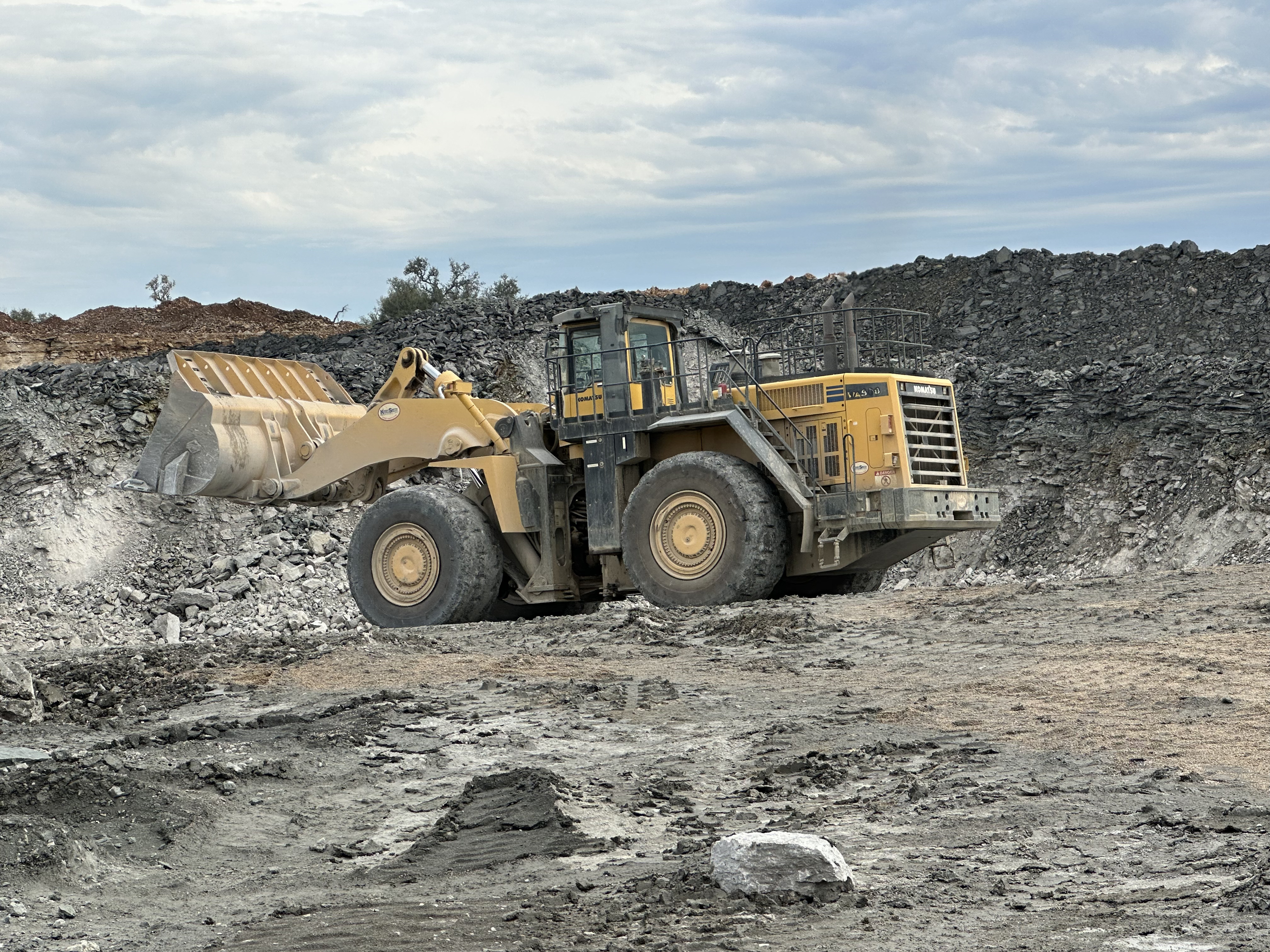




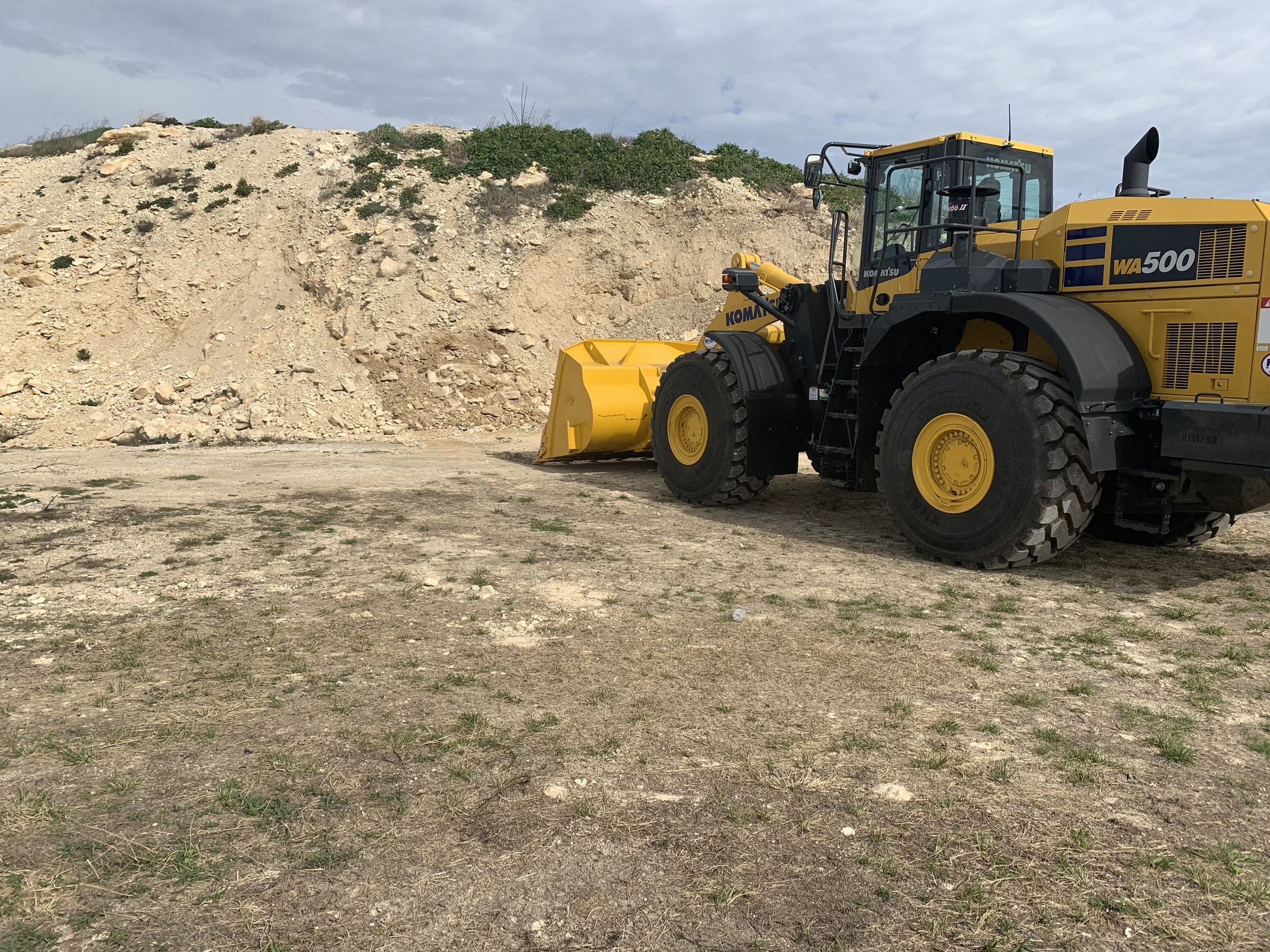
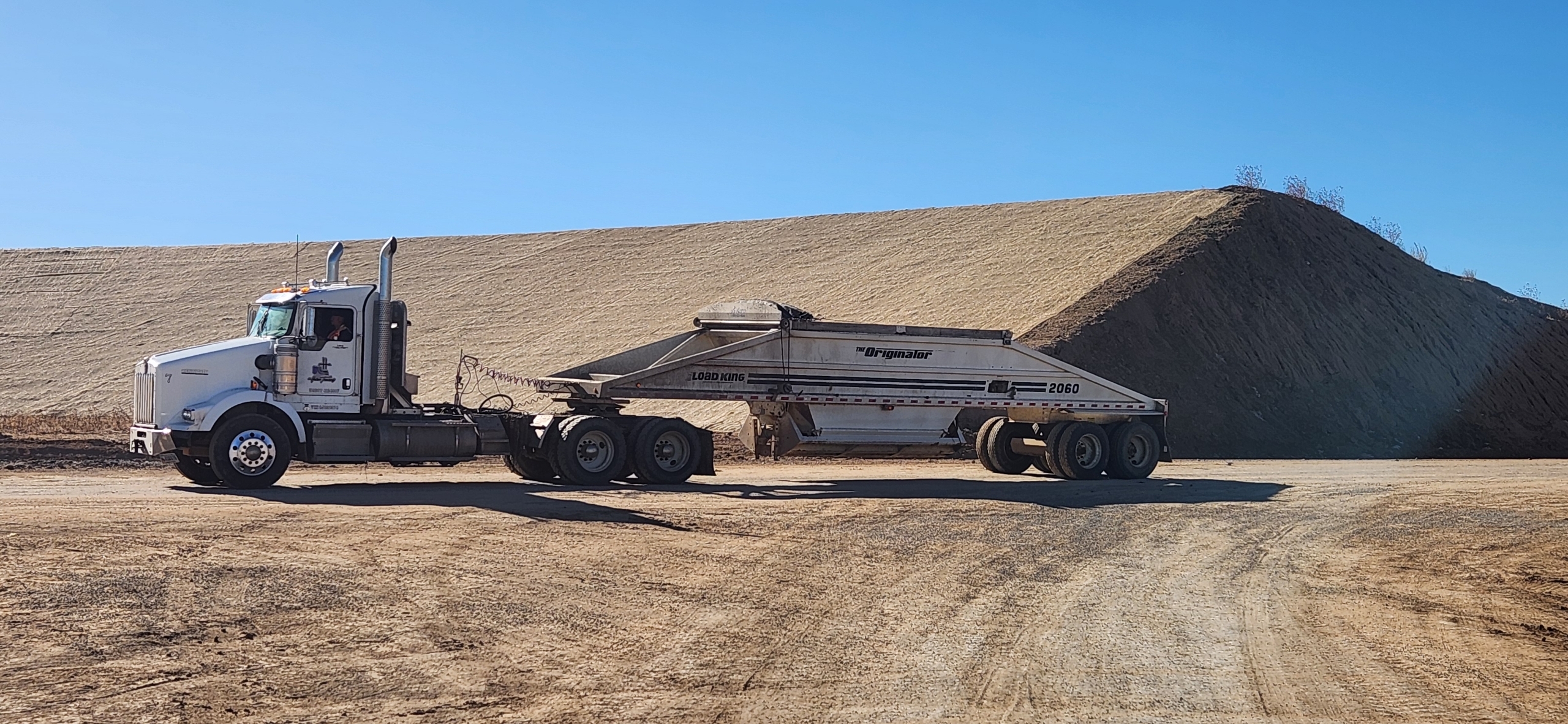
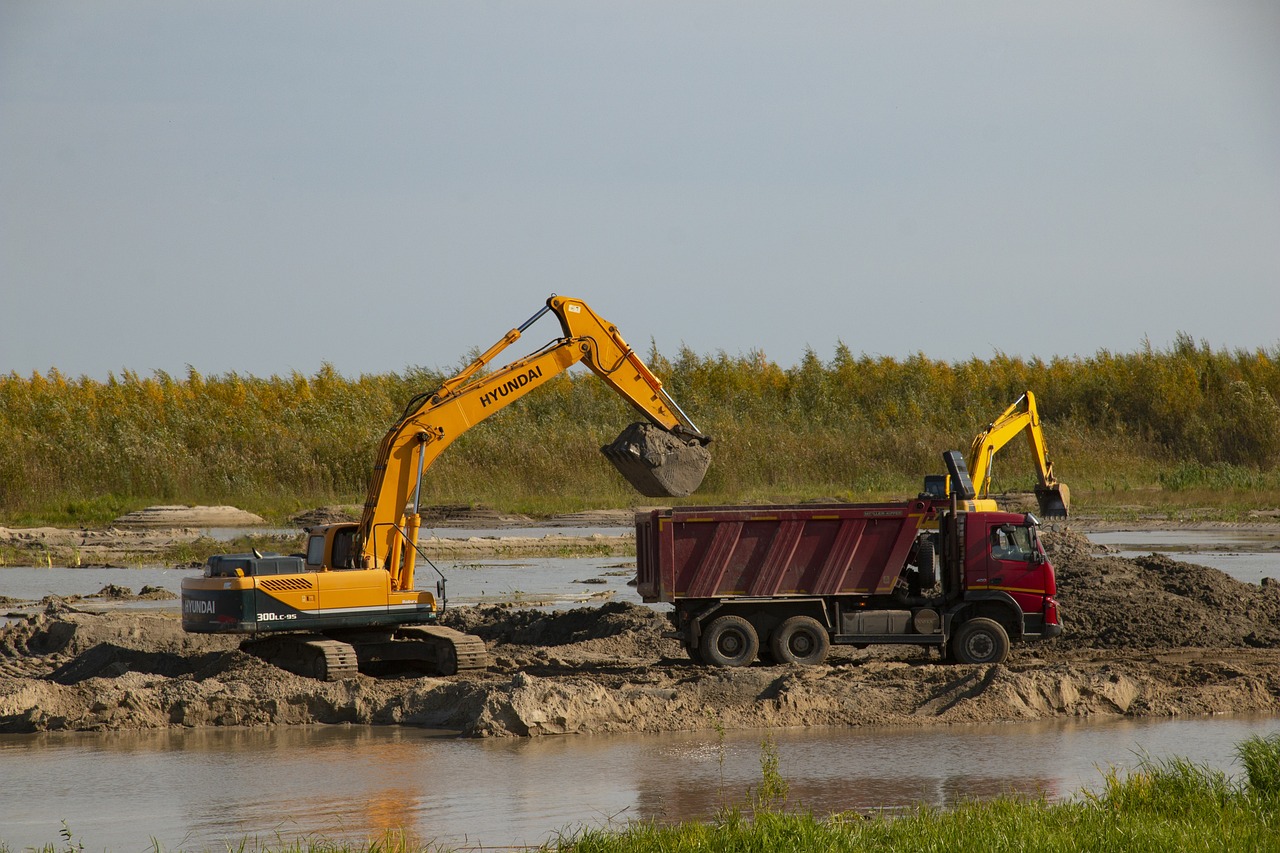

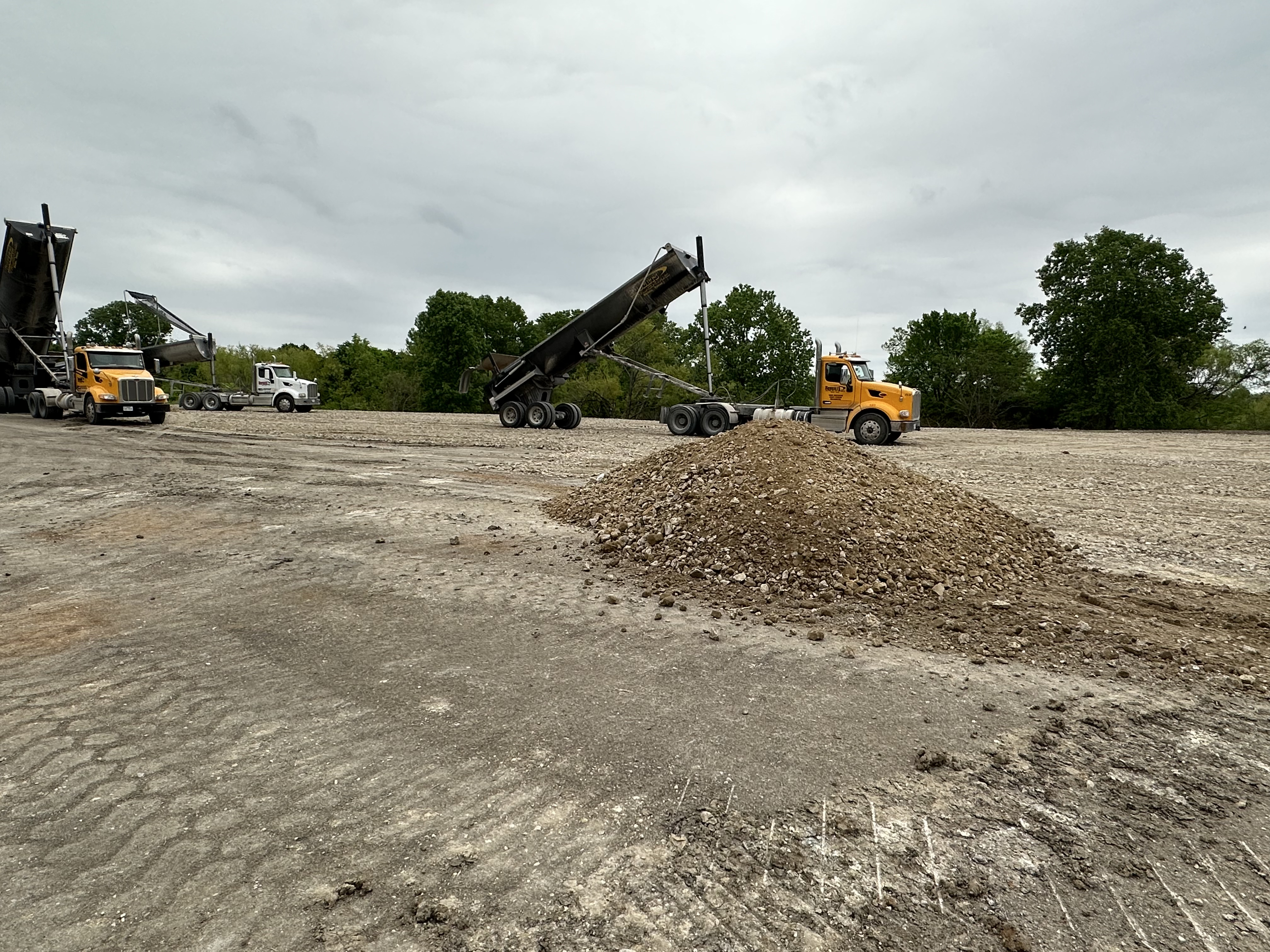

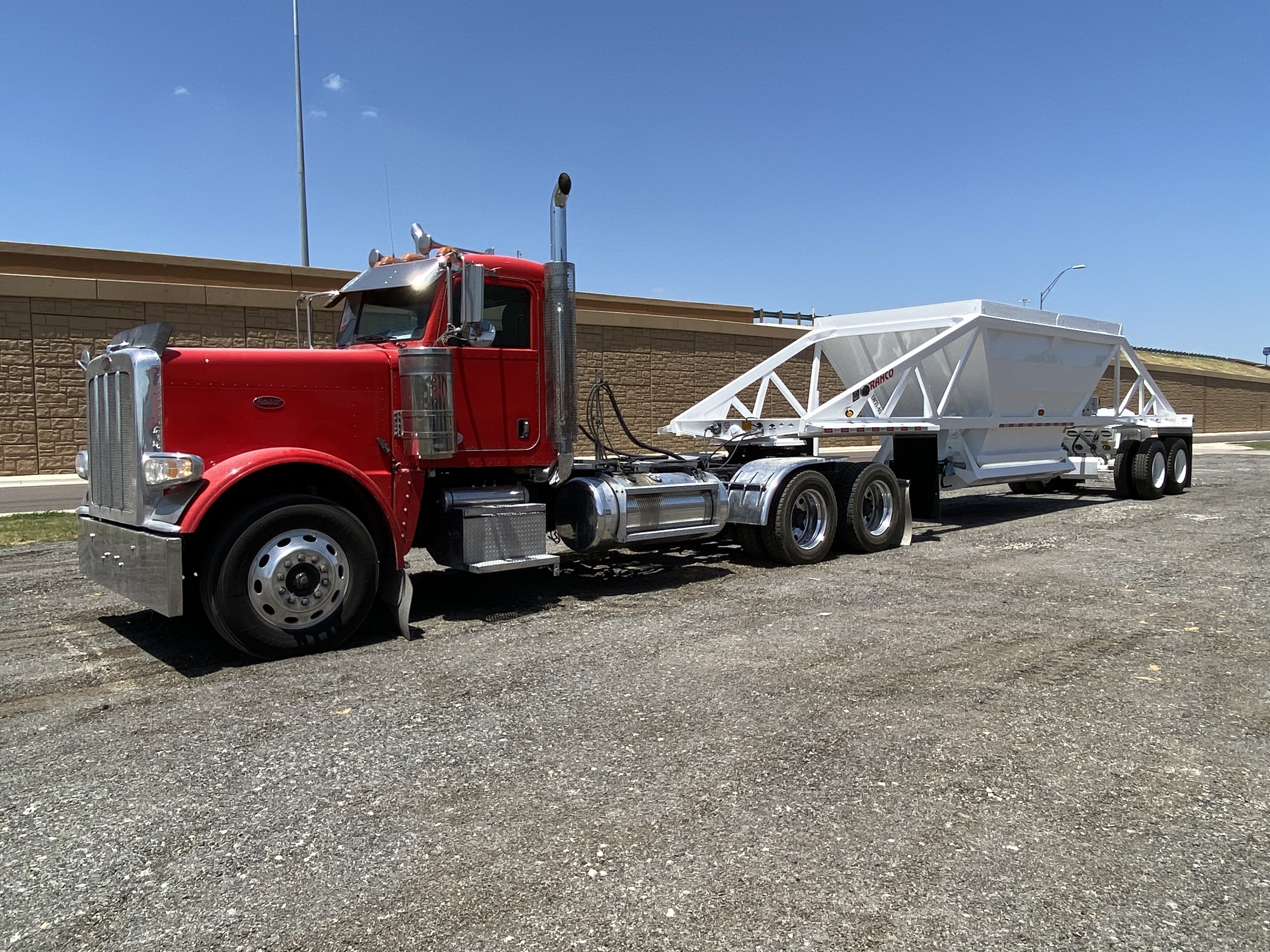
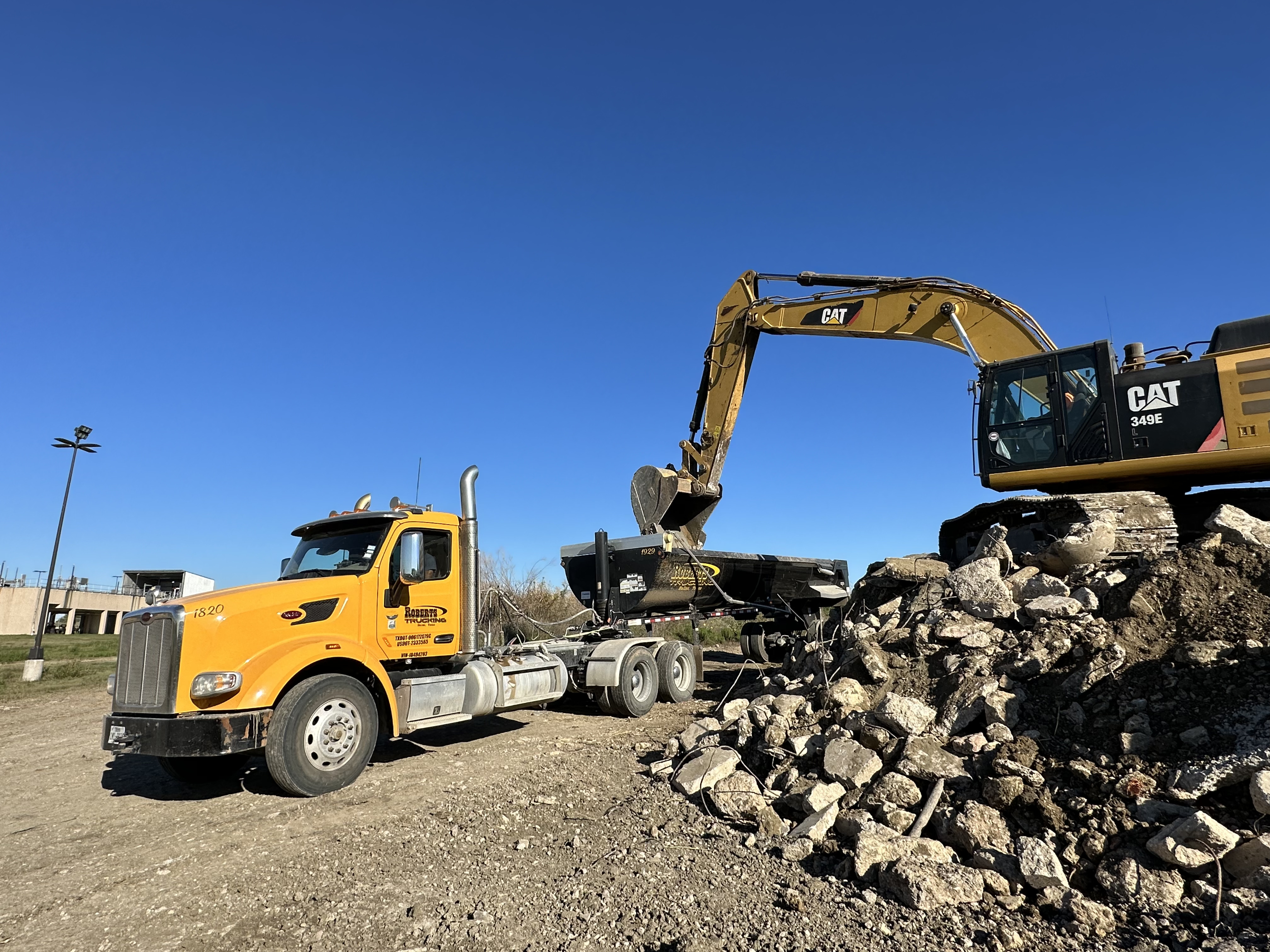
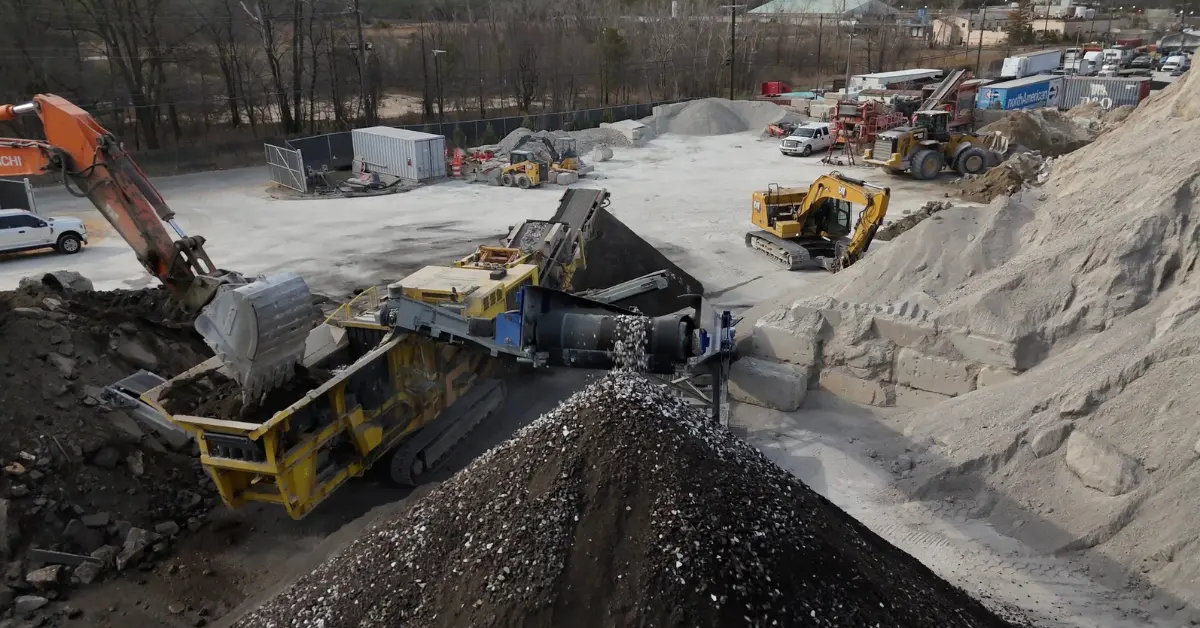
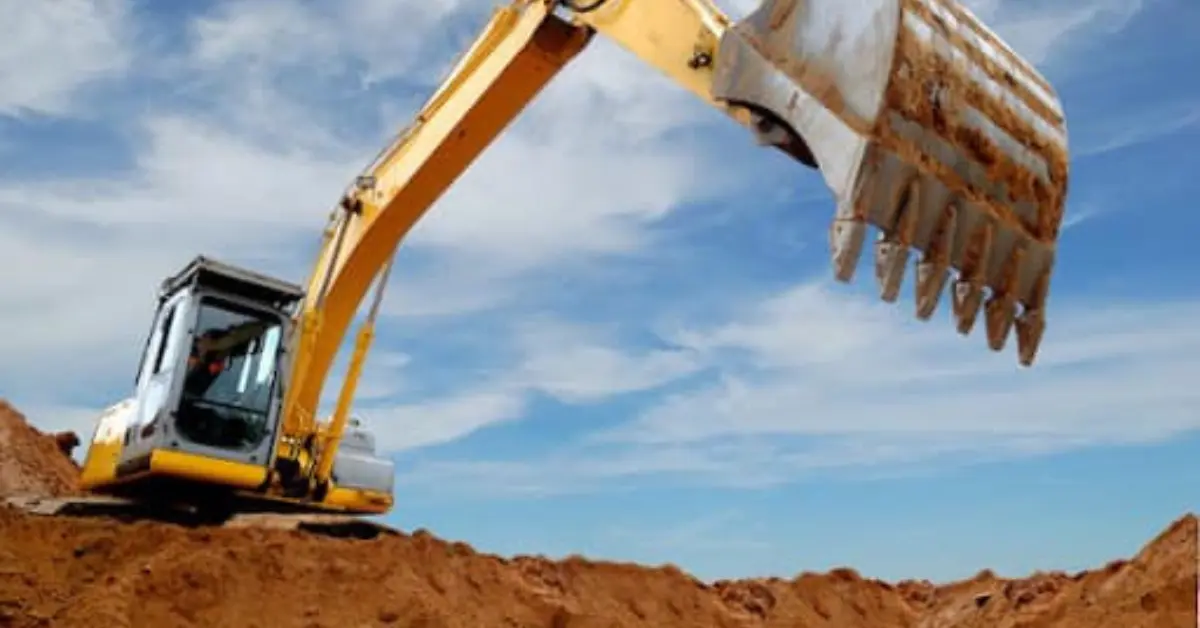
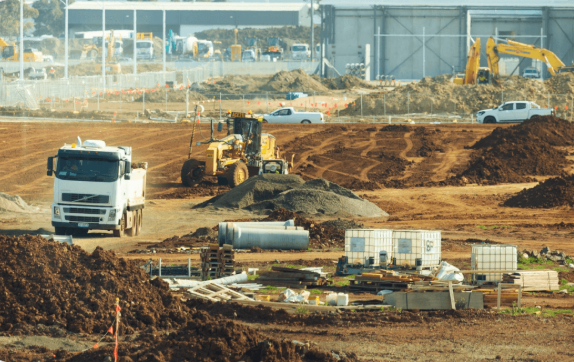
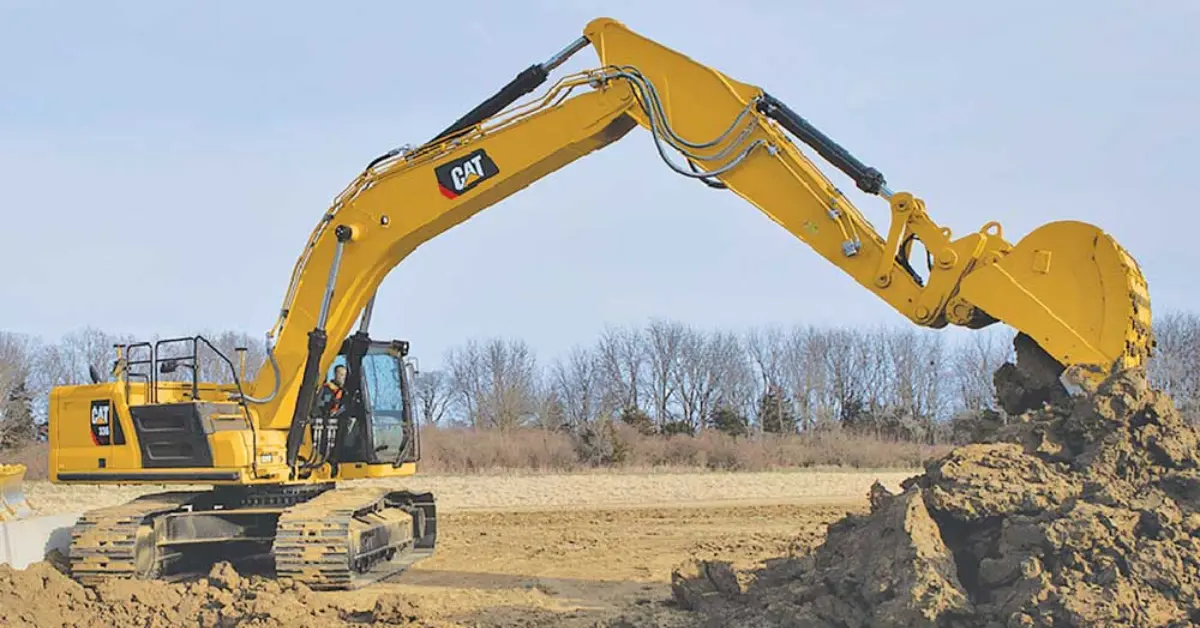
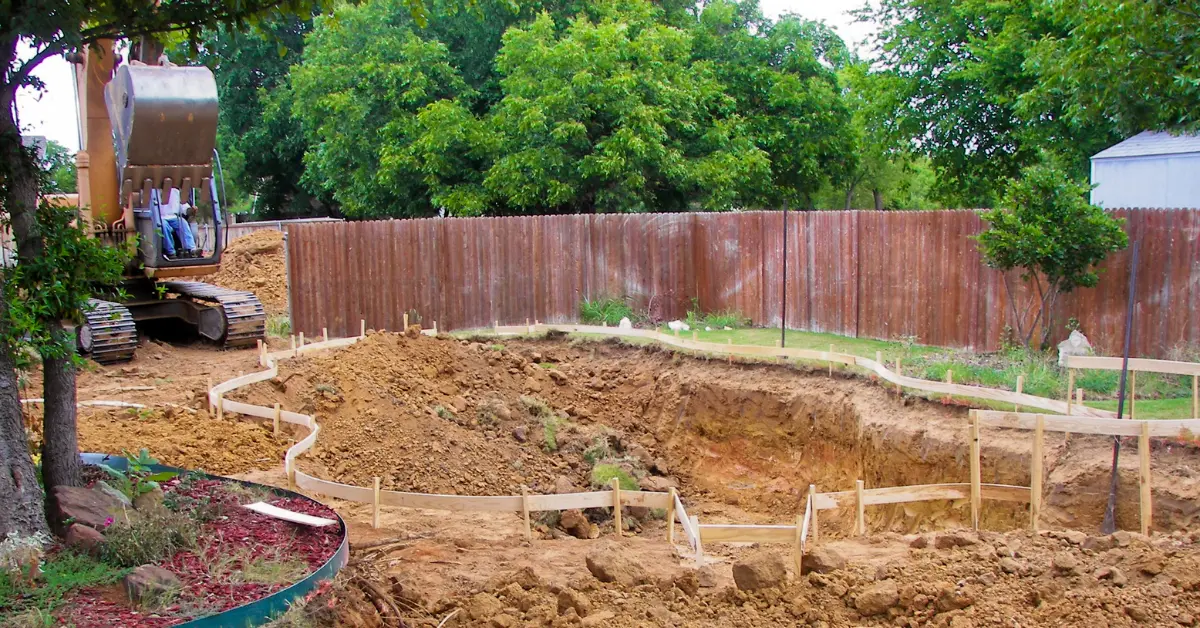
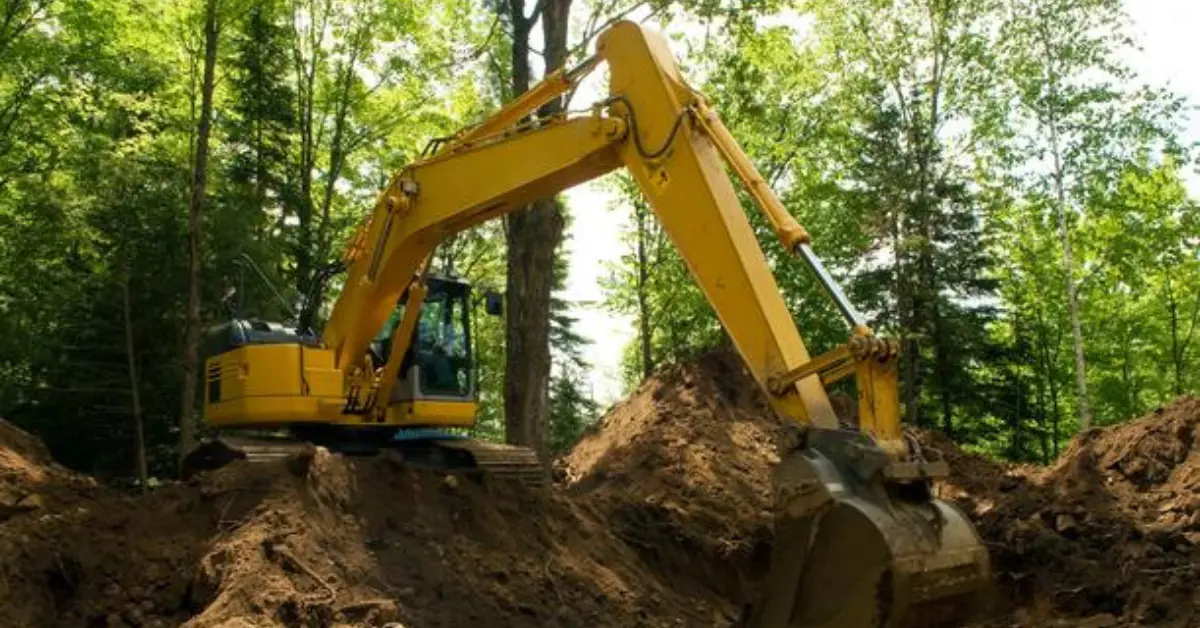
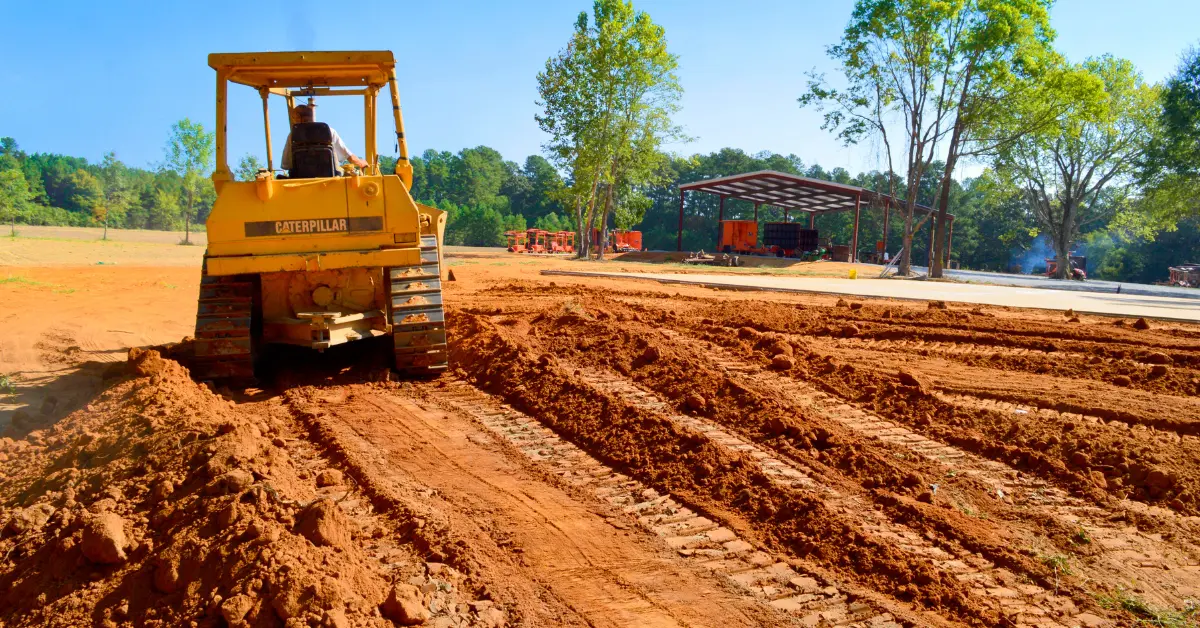
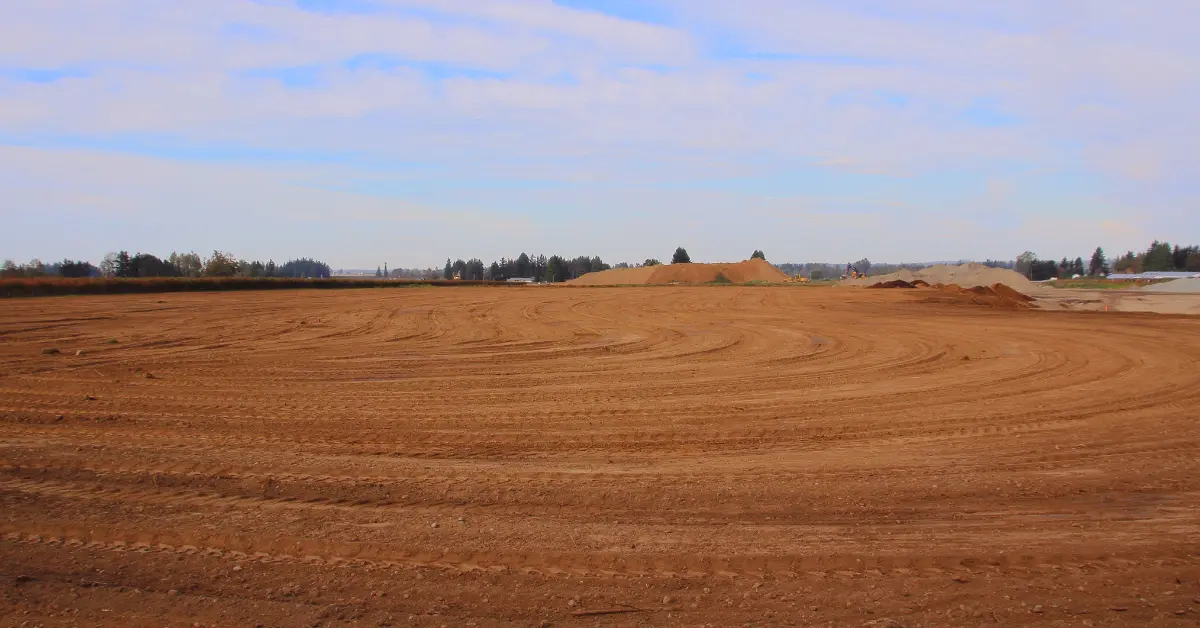



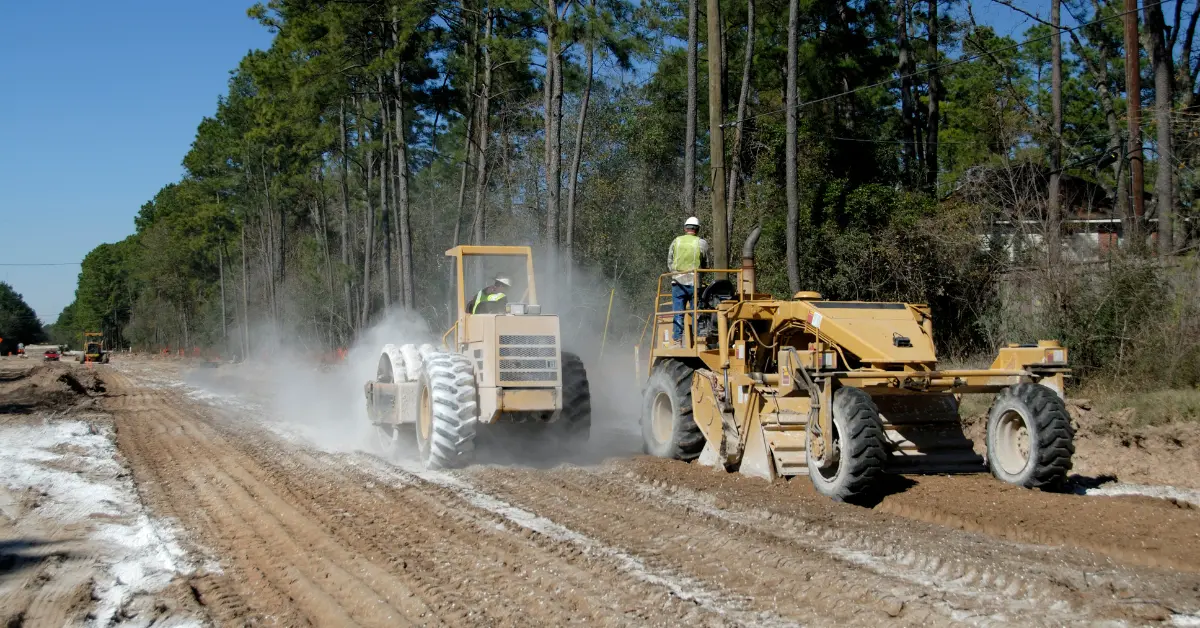




.jpg)

